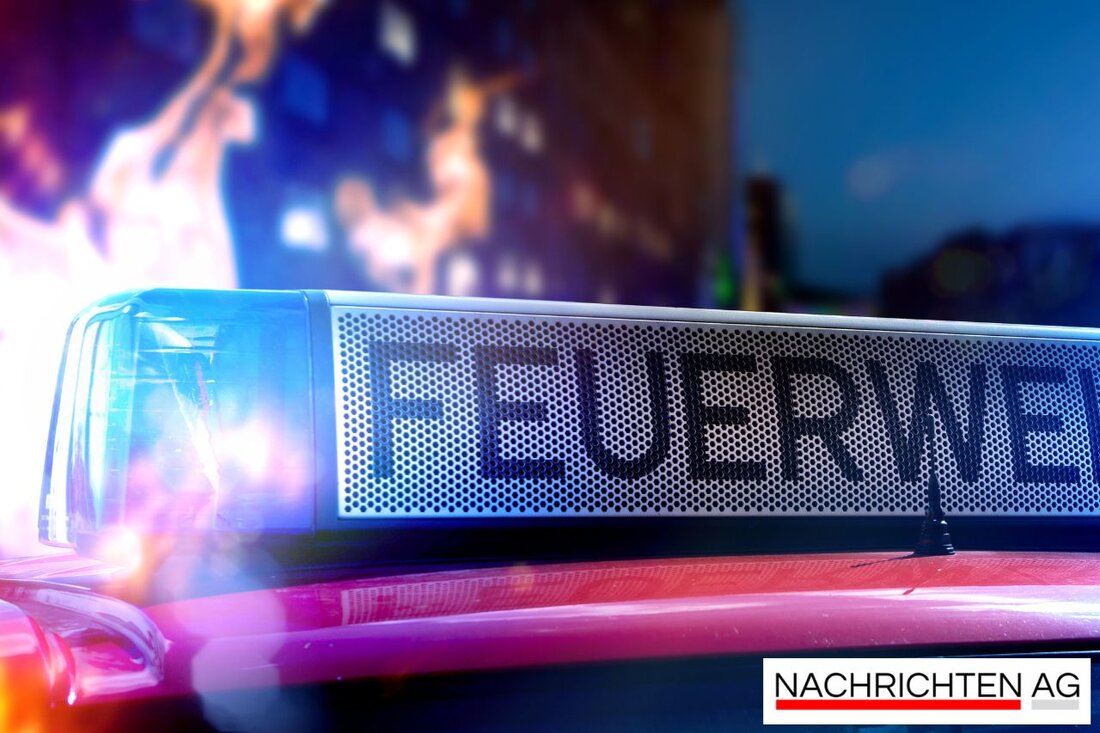Mini robot for rescue missions: Innovation saves life!
Mini robot for rescue missions: Innovation saves life!
Griechenland, Land - It is fascinating to observe how the technology in one of the most dramatic fields that sets new standards sets new standards. Currently, European researchers have made remarkable progress in a project funded by the EU, known as cursor. This initiative aims to develop mini robots with state-of-the-art sensors that are specially designed for use in disaster situations. Here are the highlights of these groundbreaking developments that were realized by a dedicated team from six EU countries, Norway, the UK and the Tohoku University in Japan between 2019 and 2023. [Modern Diplomacy] reports that the main unit that was created as part of this project is soft miniaturized underground robotic finder (SMAfs). This robot is not only compact, but also designed to navigate by rubble to locate spilled people.
The SMUrf can be remote control, which means that the operators can work from a safe distance. This is an important advantage if you think of the conditions that rescue workers often have to find. With a clever two-wheeler design, the SMURD overwhelms obstacles and, by integrating video and thermal imaging cameras as well as microphones and speakers, offers a comprehensive insight on site. Particularly noteworthy is the chemical sensor called Sniffer, which recognizes human -emitted substances such as CO2 and ammonia and can even differentiate between living and deceased people. The sniff has been tested in various environments and has already proven its skills.
Helpful technologies in the event of disaster
In addition to the mini robots, the Cursor project also uses drones. These “mother drones” act as a communication center and transport the SMUrf robots into areas that are difficult to access, while other drones are used to explore the disaster regions. With the help of floor-penetration radar and high-resolution camera recordings, a 3D card view of the area is created. The tests, including a large -scale testing in Greece in November 2022, have already delivered promising results, even if the prototypical system is not yet available on the market. The team hopes for additional means to further improve the technology and ultimately start sales.
The development of robots for emergency rescue is far from limited to the EU. Impressive progress is also recorded in the area of robotics. As [Leotronics] emphasizes, modern robot systems enable automated solutions for dangerous tasks that would otherwise be risky for humans. The areas of application range from the fire brigade to bombing to surveillance and security. Many of these robots are remotely controlled or partially autonomous, which means that they use a combination of human control and advanced sensors to make decisions.
object recognition and challenges in robotics
In the context of the search and rescue robotics, algorithms and object recognition models are also of central importance. An interesting study examines the performance of various models such as SSD300, SSD512, Faster R-CNN and the latest Yolo versions in realistic scenarios. [Nature] explains that these models have been tested to identify people under rubble - a crucial aspect in emergency situations. The Pascal VOC 2012 Dataset is used, which was specially prepared for this type of object recognition.
However, the challenges should not be underestimated. Robots are used an average of 6.5 days after a disaster, which can strongly influence their effectiveness. Furthermore, many robots mostly remain remote, which requires an important human component in interaction with the machines. The focus is also on ergonomics and human factors to increase efficiency in danger.
Overall, developments in the field of search and rescue robotics show promising approaches to increase both the safety of the emergency services and to support the technology in the challenges in crisis situations. The path to market maturity is rocky, but the researchers' commitment gives hope that sustainable solutions will soon be available.
| Details | |
|---|---|
| Ort | Griechenland, Land |
| Quellen | |


Kommentare (0)